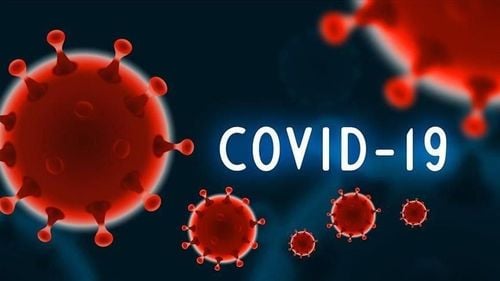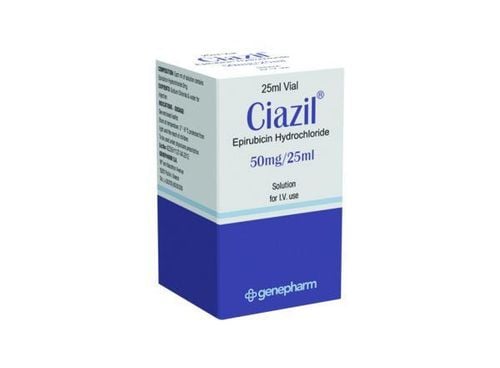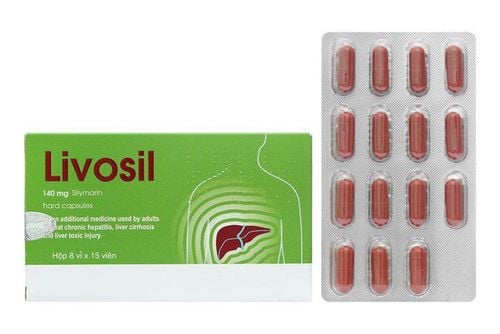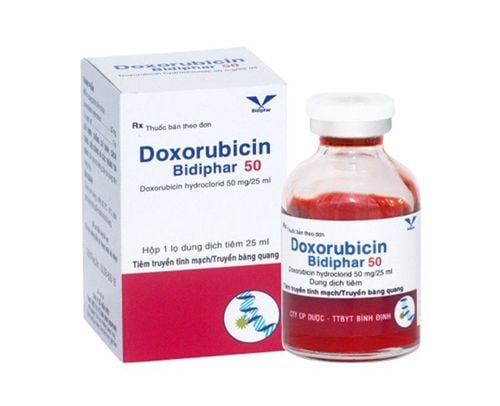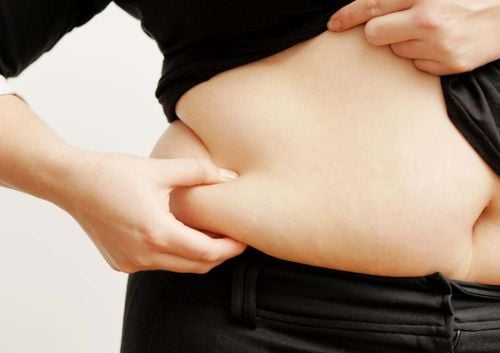This is an automatically translated article.
Elastography has a particularly important role in detecting liver fibrosis before the disease is serious. When cirrhosis is treated in time, the risk of cirrhosis and liver cancer can be prevented.
1. What is Elastography?
Elastography, also known as elastography, is an imaging test that helps to check for liver fibrosis. Cirrhosis of the liver can reduce blood flow to the liver, causing the accumulation of scar tissue. If not treated early, cirrhosis can lead to serious liver problems, including cirrhosis, liver failure, and liver cancer. Timely diagnosis and treatment can help reduce or even reverse the effects of cirrhosis.
Currently, there are 2 main types of liver elastography tests, including:
Ultrasound elastography: Also known as Fibroscan – the brand name of ultrasound equipment. In elastography, your doctor will use sound waves to help measure the stiffness of liver tissue. If the results show stiffness, this may be a sign of the presence of fibrosis. Magnetic Resonance Elasticity (MRE): A type of test with a combination of ultrasound technology and magnetic resonance imaging (MRI). An MRI is a procedure that uses radio waves and strong magnets to create images of organs and other structures inside the body. During the MRE test, a computer program creates a visual map of liver stiffness. Elastography tests can be used as an alternative to biopsy (invasive procedure in which a portion of liver tissue is removed for testing) in the diagnosis of liver cancer.
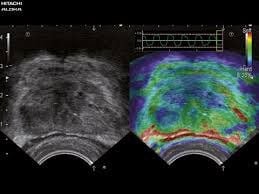
Elastography là một loại xét nghiệm hình ảnh giúp kiểm tra tình trạng xơ hoá gan.
2. The role of Elastography in the diagnosis of liver diseases
Elastography is commonly used to diagnose cirrhosis or fatty liver disease (FLD). Fatty liver is a condition in which normal liver tissue is replaced by fats, leading to cell death and liver fibrosis.
Many people with cirrhosis of the liver have no specific symptoms. When left untreated, fibrosis will continue to scar the liver and eventually turn into cirrhosis. In addition to the above causes, cirrhosis can also be caused by hepatitis or excessive alcohol abuse. In severe cases, cirrhosis can be life-threatening. Therefore, you should have an elastography if you have symptoms of cirrhosis or another liver problem.
Symptoms of cirrhosis and liver disease include:
Jaundice, Itching Fatigue Easy bruising of the skin Swelling of the legs Heavy nosebleeds Weight loss Confusion
3. The process of performing ultrasound elastography (Elastography)
During the Elastography ultrasound, you will be lying on your back on the examination table with the right abdomen exposed. The doctor will proceed to spread the gel on the skin and place the head on the abdomen that covers the liver. This transducer delivers a series of sound waves that are transmitted to the liver and bounced back. These sound waves will be recorded, measured and displayed on the screen. Through the measurement will show the hardness of the liver. In general, the ultrasound elastography procedure is usually painless and only takes about 5 minutes.
For the MRE liver elastography test, it will also be done with a specialized machine and go through the same steps as a traditional MRI. The MRE scan is usually done as follows:
You will be placed on a narrow examination table. Your doctor will place a mattress that emits liver-transmitted vibrations on your abdomen. The examination table will then slide into an MRI scanner, which you may wear before the exam to help block out loud noises from the scanner. As you slide inside the MRI scanner, the pad placed on your abdomen activates and sends vibration measurements from your liver. The measurement results will be recorded on a computer and converted into a visual map of liver stiffness. The MRE scan procedure will take about 30 – 60 minutes. The MRE test may not be the right choice for people with implanted metal devices, such as pacemakers, infusion pumps, or artificial heart valves. The magnets in the MRI machine can interfere with the operation of these devices, and even be dangerous in certain cases.
People with braces or some tattoos on the body that contain metal can also cause problems when performing ultrasound elastography. It is also not recommended for women who are pregnant or suspected of being pregnant because of the potential risk of harm to the fetus due to magnetic fields.
4. What do you need to prepare before performing ultrasound elastography?
In fact, you do not need to prepare anything special for ultrasound Elastography . In the case of an MRE, be sure to remove all metal jewelry and accessories prior to the test.
Most elastography procedures carry no risks. For an MRE scan, some people may feel nervous or claustrophobic inside the scanner. If this is the case, your doctor may give you medication before the MRE to help you relax.
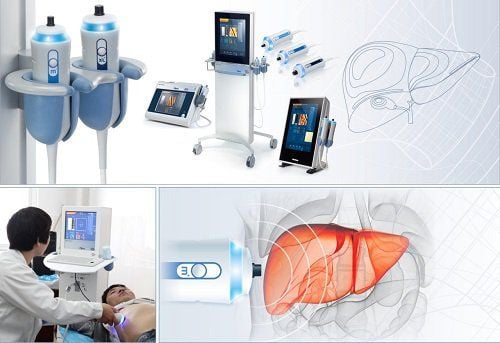
Bạn không cần phải chuẩn bị điều gì đặc biệt cho siêu âm Elastography.
5. Meaning of elastic ultrasound results
All types of elastography help measure the stiffness of the liver. As the liver hardens, there is more fibrosis. Elastography results can show mild, moderate to severe liver scarring. Your doctor may also order additional tests, including a liver biopsy or liver function blood tests, to confirm the diagnosis.
If you have been diagnosed with mild to moderate fibrosis, you may need to take some steps to prevent scarring from developing:
Absolutely no alcohol Do not use illegal drugs Collective strengthening Follow a complete and healthy diet Use medications to treat certain types of hepatitis as prescribed by your doctor Delayed treatment will cause scar tissue to accumulate more and more in the liver and lead to cirrhosis liver. Sometimes, the only treatment for advanced cirrhosis is liver transplant surgery.
Currently, Vinmec International General Hospital is one of the top quality hospitals in the country, trusted by a large number of patients for medical examination and treatment. Not only the physical system, modern equipment: 6 ultrasound rooms; 4 DR X-ray rooms (1 full-axis, 1 intensifier, 1 synthesizer and 1 mammogram); 2 portable X-ray machines DR; 2 multi-row computer tomography rooms with receivers (1 128 rows and 1 16 rows); 2 rooms for magnetic resonance imaging (1 machine 3 Tesla and 1 machine 1.5 Tesla); 1 room for 2 level interventional angiography and 1 room for bone mineral density measurement... Vinmec is also the place to gather a team of experienced doctors and nurses who will greatly assist in diagnosis and early detection. abnormal signs of the patient's body. In particular, with the space designed according to 5-star hotel standards, Vinmec ensures to bring the patient the most comfort, friendliness and peace of mind.
Please dial HOTLINE for more information or register for an appointment HERE. Download MyVinmec app to make appointments faster and to manage your bookings easily.
Reference source: medlineplus.gov



